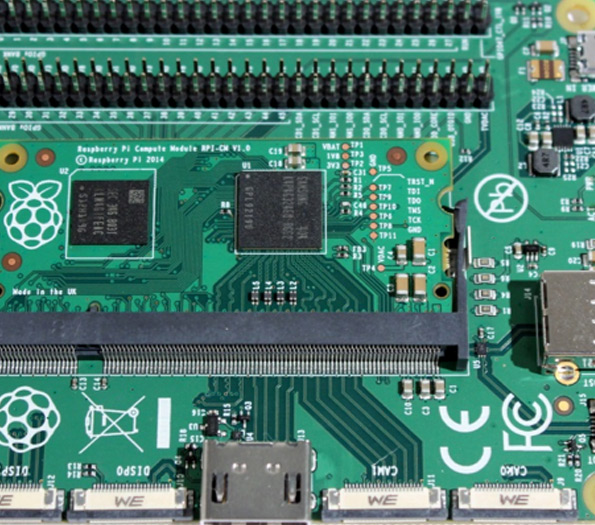

The Allure and Functionality of Gray Tinted Glass
In the world of architecture and design, glass has long been celebrated for its clarity and transparency, allowing natural light to flood into spaces while providing an unobstructed view of the outside world. However, as the needs of modern design evolve, so does the adoption of specialized materials that enhance both aesthetics and functionality. One such material is gray tinted glass, which has gained popularity in various applications, from residential homes to commercial buildings.
Gray tinted glass is the result of adding specific metallic oxides during the glass manufacturing process, resulting in a beautiful gray hue that can range from almost clear to a deep charcoal. This versatility in shade allows architects and designers to choose the perfect tint that complements their vision while also fulfilling practical requirements.
One of the most compelling reasons for choosing gray tinted glass is its ability to control solar heat gain. In regions with intense sunlight, buildings can quickly heat up, leading to increased reliance on air conditioning systems and, consequently, higher energy costs. Gray tinted glass effectively reduces the amount of solar energy that enters a space, thereby maintaining a more comfortable indoor temperature. This feature not only enhances occupant comfort but also contributes to energy efficiency, making it a responsible choice for environmentally-conscious builders.
Furthermore, gray tinted glass provides excellent glare reduction
. Glare can be a significant issue in both residential and commercial spaces, distracting occupants and making it difficult to work or concentrate. By minimizing glare while still allowing natural light to enter, gray tinted glass creates a more pleasant and productive environment. This ability to soften harsh sunlight makes it particularly beneficial in office settings, where employees can focus better without the distraction of excessive brightness.
Aesthetic appeal is another important aspect of gray tinted glass. Its sleek, modern appearance adds sophistication to any structure. Architects often use this material to create a bold statement while ensuring that the building remains in harmony with its surroundings. The subdued tones of gray can enhance the architectural features of a building, providing depth and interest without overwhelming the eye. Additionally, gray tinted glass can be combined with other building materials such as steel and wood, creating striking contrasts that highlight design elements.
Privacy is another advantage of using gray tinted glass. While it allows light to penetrate, its darker hue provides a level of opacity that obscures the view from the outside looking in. This characteristic is particularly valuable in urban environments where buildings are in close proximity to one another. Homeowners and businesses alike can enjoy natural light without sacrificing their privacy, creating a sense of serenity in bustling settings.
Safety and security are also crucial factors to consider. Many manufacturers offer tempered or laminated gray tinted glass, which can withstand impact and is less likely to shatter. This property makes it suitable for both residential and commercial applications, where safety is paramount. Additionally, the use of tinted glass can deter potential intruders by making it more challenging to see inside a building.
In conclusion, gray tinted glass represents a harmonious blend of aesthetics and functionality, making it a favored choice in contemporary architecture. Its ability to reduce solar heat gain, minimize glare, enhance privacy, and contribute to the overall aesthetic appeal of a design makes it a versatile material for a variety of applications. As sustainability becomes increasingly important in the design and construction industry, materials like gray tinted glass not only support eco-friendly practices but also elevate the user experience. Whether employed in a chic urban residence or a sprawling commercial complex, gray tinted glass stands as a testament to the power of thoughtful design and innovative materials, shaping the future of architectural expression.